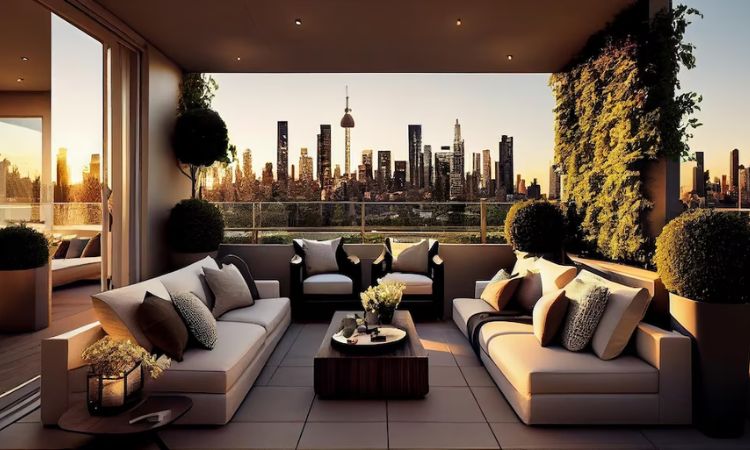According to research from Anarock Research, luxury property prices have increased by 24% in India’s top seven cities over the previous five years, outpacing the rise in the value of affordable housing. Luxury homes are in more demand as a result of the pandemic’s impact on housing choices, which has raised their price range.

According to the report, the average price of a luxury property in the top 7 cities in 2018 was over ₹12,400 per square foot, but as of 2023, that price has risen to almost ₹15,350 per square foot.
Hyderabad, among the cities, emerged as the market leader for the growth of luxury property prices, with an astounding 42% increase in the average price from ₹7,450 per square foot in 2018. Bengaluru and the Mumbai Metropolitan Region (MMR) both had significant 27% increases.
Bengaluru had an increase in price per square foot from ₹10,210 in 2018 to ₹12,970 in 2019, whereas MMR’s luxury housing sector saw a rise from ₹23,119 to ₹29,260 per square foot over the same time period
In striking contrast, affordable housing, which is defined as properties valued under 40 lakh rupees, had a very moderate 15% price rise throughout the same period. In the top 7 cities, the average price in this market increased from ₹3,750 to ₹4,310 per square foot between 2018 and 2023.
The National Capital Region (NCR) had the largest increase in the affordable category, with average prices increasing by 19% to ₹3,700 per square foot in the first half of 2023. Prices in Hyderabad increased by 16% and reached ₹4,000 per square foot in the first quarter of 2023.
“The surge in sales coupled with an adequate supply pipeline has led to substantial price appreciation in the luxury housing segment. This 24% increase in value over five years is particularly noteworthy considering the relatively stagnant prices observed in earlier years. Conversely, the affordable housing sector, which had shown momentum before the pandemic, witnessed a dip in sales, subsequently impacting its price growth,” said Anuj Puri, Chairman – ANAROCK Group.
The study focused on how the real estate market is dynamically changing, with shifting customer preferences impacting price patterns across a range of dwelling types.














